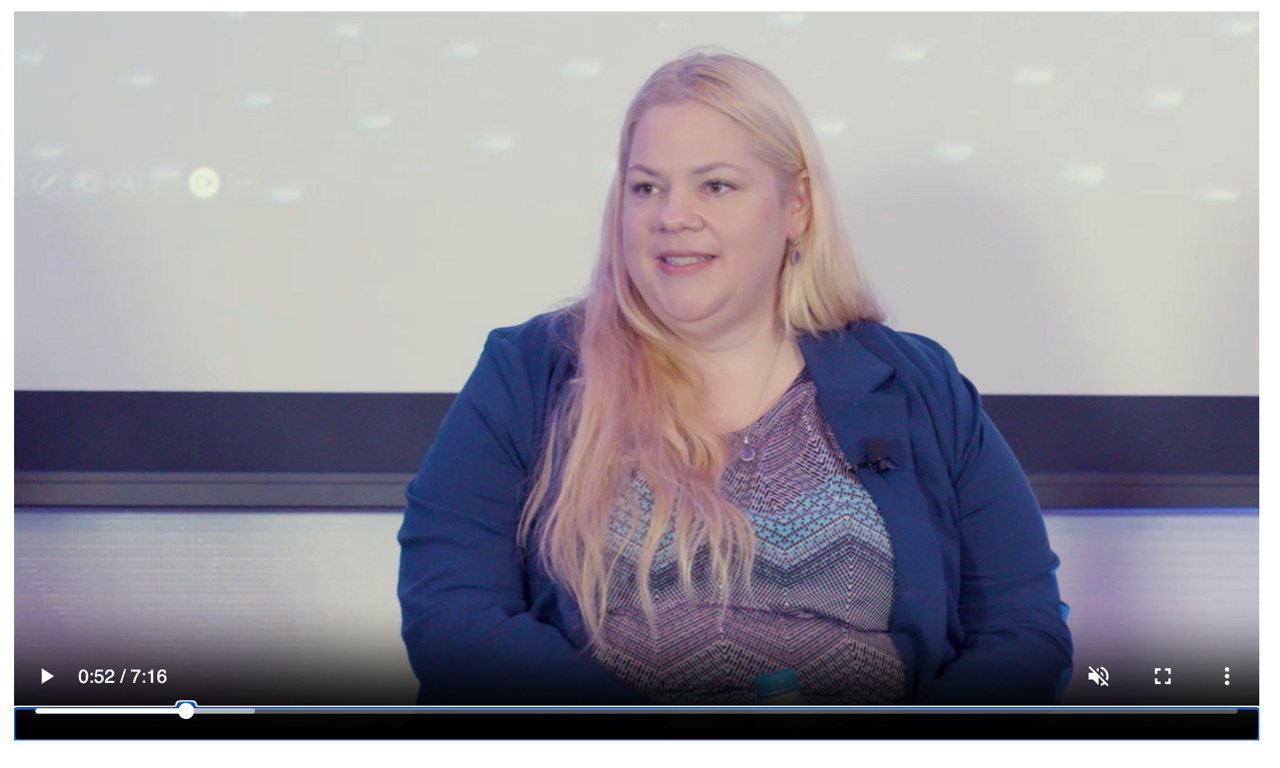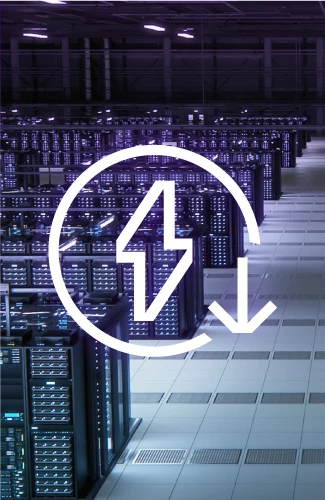Expert Insights on Balancing Artificial Intelligence Innovation and Energy Efficiency
Leaders from Ocient, Iceotope, Solidigm, and Supermicro discuss scalable, energy-efficient data center solutions to balance AI innovation and sustainability amidst growing power consumption challenges.
During the 2024 Open Compute Foundation Project’s OCP Summit, Solidigm hosted expert panelists from Ocient, Iceotope, Solidigm, and Supermicro to discuss "Navigating the AI Compute Curve: Adoption of Efficiently Scalable Data Center Solutions."
Moderated by TechArena’s Allyson Klein, the discussion explored the complexities and innovations necessary to advance AI adoption while maintaining energy efficiency in data center operations. Allyson positioned the discussion as a chance to explore the balance between innovation and sustainability in the face of ongoing climate change and rising energy consumption projections. She emphasized AI's dual role in driving technological progress and intensifying power usage, referencing recent innovations like DeepMind's protein-folding research and their implications for future developments.
Panelists include:
- Jenna Boller, VP of Marketing at Ocient
- Kelley Mullick, VP Technology Advancement and Alliances at Iceotope
- Wendell Wenjen, Director of Storage Market Development at Supermicro
- Roger Corell, Sr. Director, AI and Leadership Marketing at Solidigm
Panelists shared insights on technology and infrastructure, addressing the challenges posed by the rising energy demands of AI and data-driven workloads.
Question 1: Energy consumption in data centers
Wendell noted that while global energy production has been relatively stable, the energy consumption of data centers is growing rapidly, currently at 2% of global power use and potentially increasing to 8-17% within a decade. Factors include the power-intensive nature of AI training, exemplified by models like ChatGPT that require 10s of thousands of GPUs, many of which now demand liquid cooling due to thermal constraints.
The panelists identified strategies to mitigate these challenges, including efficiency improvements in storage and localized power solutions such as using nuclear power in specific cases and optimizing resource usage in data centers. Watch the video below for a more thorough answer to this question.

Question 2: Efficient management of data and resources
Jenna emphasized the importance of transparency in software energy costs and resource utilization, pointing out that many organizations lack visibility into the energy implications of their workloads, which hinders optimization. Ocient has introduced tools to address this gap, she said, allowing users to manage and schedule compute-intensive tasks with energy efficiency in mind. She mentioned a growing trend among enterprises to prioritize sustainability in purchasing decisions.
AI workloads are increasingly storage-intensive, Roger said, especially for video-based models requiring petabyte-scale capacities. He advocated for efficient hardware solutions and innovative technologies like Solidigm's QLC drives, which significantly reduce power consumption. Watch the video below for a more thorough answer to this question.

Question 3: Enterprise adoption and modular design
Panelists discussed the growing interest in hybrid cloud and edge deployments to address energy constraints and cost pressures. Modular design emerged as a key trend, enabling enterprises to build scalable, cost-effective infrastructure with reusable components.
Kelley underscored the importance of liquid cooling for AI workloads, particularly at the edge, where space and power are limited. She highlighted Iceotope’s solutions, which integrate liquid cooling into traditional racks, enabling compatibility with other cooling systems and supporting retrofitting efforts. Watch the video below for a more thorough answer to this question.

Question 4: Cooling and infrastructure
Cooling technology dominated the discussion as a critical enabler for high-performance AI workloads. Liquid cooling has transitioned from a niche to a necessity as thermal limits of air cooling are reached, Kelley said. Advanced solutions like Iceotope’s precision liquid cooling allow for targeted heat removal and thermal recapture, improving both efficiency and sustainability.
Wendell described Supermicro’s integrated liquid cooling systems, which remove up to 85% of heat outside the data center, reducing HVAC loads. Such systems allow for higher density configurations, critical for modern AI infrastructure. Watch the video below for a more thorough answer to this question.

Question 5: Looking to the future
Panelists predicted that sustainability will dominate the second half of the decade. Roger highlighted the role of AI in optimizing industrial processes and reducing energy usage through focused, domain-specific models. He noted that AI could transform data center management by leveraging machine learning for real-time energy optimization.
The coming year is likely to bring increased investments in renewable energy sources and innovations like heat reuse, said Kelley, citing European district heating and agricultural applications as examples. She emphasized the need for collaboration to repurpose excess heat from data centers effectively.
Panelists stressed the importance of balancing the demands of AI-driven growth with energy efficiency and sustainability. Through innovations in cooling, storage, and infrastructure design, the industry is poised to tackle these challenges while supporting the transformative potential of AI. Watch the video below for a more thorough answer to this question.

Navigating the AI Compute Curve: Adoption of Efficiently Scalable Data Center Solutions
Watch the full 48-minute panel discussion on YouTube for a deeper dive into the topics highlighted above, plus more insights into AI storage with scalable, energy-efficient data center solutions in AI innovation amidst growing power consumption challenges.
About the Author
Hayley Corell is a Partner Marketing Specialist at Solidigm, where she has been a key contributor since the company’s inception. With a focus on co-marketing initiatives, she collaborates closely with strategic customers to drive impactful marketing initiatives.





